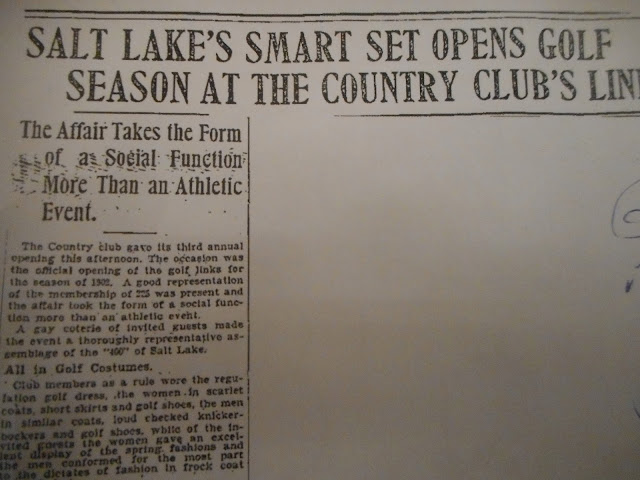THE Great
Salt Lake is declining. Between droughts and less river water reaching the
lake, its level is nearing a historic low.
Ironically,
in the early 20th Century, this possibility was not only recognized,
a solution was offered.
“Water for
the lake. Marcus E. Jones has a plan to present. Would use Snake River …” was a
Dec. 27, 1903 headline in the Salt Lake Tribune.
Jones, a
civil and mining engineer and geologist, proposed creating a canal that would
bring the flood waters from the Snake River and its tributaries to the Great
Salt Lake and Utah. He said this would restore the GSL to its former normal
levels and excess water from the canal could be used in other ways, as needed.
The Snake River at Jackson Dam.
The Snake River at Jackson Dam.
He estimated
the cost then for such a canal to be $2 million (That more than $50 million in
today’s dollar value).
His plan was
to take the water out of the Snake River at St. Anthony and take the canal
through Red Rock Pass at the north end of the Cache Valley. There the canal
could dump into the Bear River, or a canal could shadow the river to the
Wasatch Front. He said there is always excess Snake water – especially during
the months of April, May and June.
Jones’
vision involved more than just raising the Great Salt Lake level. His own
studies concluded that the rainfall in the Salt Lake Valley is greater when the
GSL is higher.
Some two decades
later, newspaper headlines were prophetic on the lake. “America’s famous ‘Dead
Sea’ soon to be dry land.” That was a Feb. 3, 1924 headline in the Ogden
Standard-Examiner.
“Within a century the Great Salt Lake, in
Utah, will have dried up,” the story stated. It then likened the GSL’s
reduction to that of its predecessor, Lake Bonneville.
The GSL fell
10 feet, from 1900-1915, until some exceptional wet years had recently gained
most of that loss back.
A tumbleweed sits along where once the GSL water was more than a dozen feet deep.
A tumbleweed sits along where once the GSL water was more than a dozen feet deep.
“Were it to
disappear, Salt Lake City would lose its principal attraction,” the story stated.
Left would
be an immense sink, a giant salty plain, impossible to use for anything
constructive.
-During the
same time period, Antelope Island was no longer and isle. “To Island by land.
Trip can be made practically dry shod. Road of salt and sand,” was a Sept. 24,
1900 headline in the Salt Lake Tribune.
The story
continued: “Great Salt Lake has been known as the ‘Dead Sea of America.’ If it
is not dead, it certainly gives every evidence of being in the throes of
dissolution.
The story
stated how there was nothing but four miles of glistening salt between what
used to be the eastern shoreline of the lake and Antelope Island. A Tribune
representative made the trip to the Island by wagon and horses in 35 minutes,
“without urging the horses to any great extent.”
One man told
the Tribune that he wagered he could travel by land from the ranch house on the
south end of Antelope Island to Saltair, 10 miles away, “with perfect safety.”
Cattle were
reported as still doing well on Antelope Island, though not much wheat has been
raised there, due to extra dry conditions.
Further
north, the water conditions of the Great Salt Lake were reported as more
favorable. Still, the hunks of decaying boats and other wreckage along the
former lakebed were reported as not being very inviting in appearance.
(-Originally published in the Deseret News on August 13, 2019.)
































